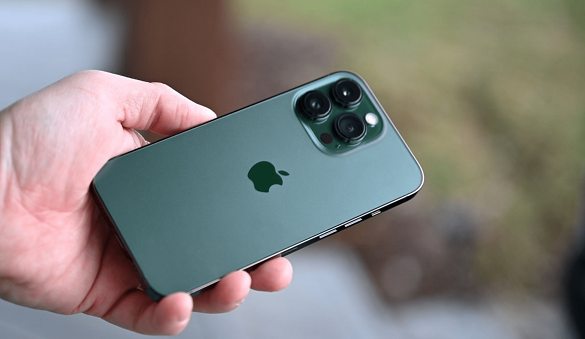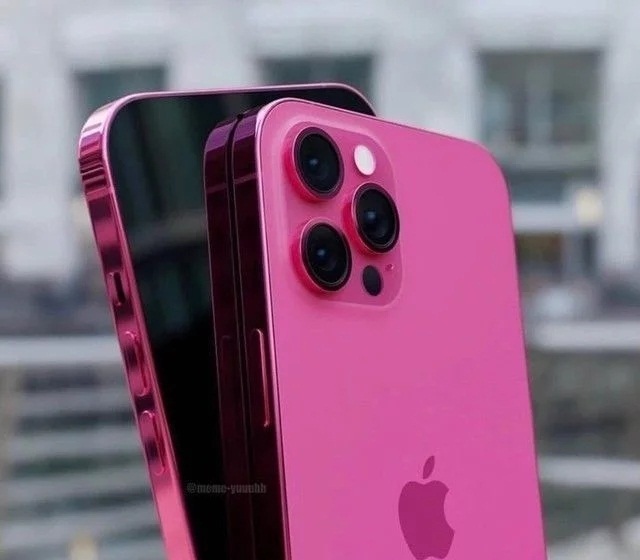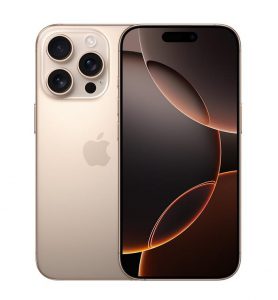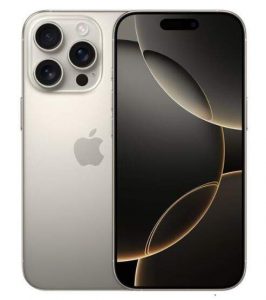- Performance
The A15 bionic processor on the iPhone 13 Pro uses TSMC’s 5-nanometer process and integrates nearly 15 billion transistors, a 6-core design (2 large cores + 4 small cores) and a 16-core neural engine. The main frequency of the A15 has been increased from 2.99GHz of the A14 to 3.23GHz. The A15’s running scores, single-core and multi-core scores are 1700+ and 5400+.
The A15 Bionic processor (second-generation 5nm process) and Snapdragon 8+Gen1 (4nm process) are both manufactured by TSMC. While Qualcomm took this step to improve speed and power savings, even so, the Snapdragon 8+ Gen1 consumes more power than the A15 Bionic chipset when rendering. It is still found to be behind the A15 Bionic chipset.
In terms of cluster design of the CPU, both chipsets have different architectures. The Snapdragon 8+Gen1 adopts a 13.19GHz (X2 core) + 32.75GH (A710 core) + 4×2.0GHz (A510 core) design, while the Apple Bionic processor adopts a new 6-core design (2 high frequency + 4 energy-saving cores) . Although the Snapdragon 8+Gen1 has more cores, the A15 Bionic processor is faster.
The GPU frequency of the Snapdragon 8+Gen1 is increased by about 10%, and the overall power consumption is reduced by about 15%. Finally, it does not heat up, and the energy efficiency is also improved by about 30%. Additionally, the AI engine now has a 20% performance-per-watt improvement. From the tests conducted, the Apple A15 Bionic processor with 5-core graphics card is better than the Snapdragon 8+Gen1, with lower power consumption.
- Camera
The main camera of iPhone 13 Pro (7P) adopts f/1.5 aperture, has a pixel size of 1.9 microns, and the light input is increased by 2.2 times; the ultra-wide-angle lens (6P) is f/1.8, the light input is increased by 92%, and supports autofocus. It means that the image quality of low-light shooting will be greatly improved.
The telephoto end has been upgraded to 77mm and supports 6x optical zoom. For subjects such as close-up portraits, the experience will be better, and in addition to being able to shoot longer distances, a longer telephoto can theoretically have a better blur effect.
The three rear cameras of the iPhone 13 Pro all support night scene mode, and the ultra-wide-angle lens also adds a macro function of the nearest 2cm, which expands the shooting subject matter applicable to the iPhone. It can not only take macro photos, but also take macro videos. Macro videos also Can shoot macro slow motion and time-lapse photography. For the first time, shooting and editing in ProRes or Dolby Vision is realized, supporting one-stop professional video production.

The iPhone 13 Pro adopts the sensor displacement stabilization technology. The sensor displacement stabilization technology uses the COMS photosensitive element to directly achieve anti-shake. When the phone shakes, the COMS will shake with it, that is, the sensor displacement stabilization technology stabilizes the camera’s sensor, not the mirror. When the fuselage shakes, the sensors in the fuselage will make corresponding compensation movements, which will greatly help the stability of photography and video recording.

The sensor displacement stabilization technology can also bring about a faster focusing speed, which is conducive to capturing excellent image quality, and can reduce the cropping effect caused by electronic image stabilization in video shooting. The sensor anti-shake displacement technology also enables the iPhone 13 Pro to be equipped with a multi-pixel binning function, which combines pictures taken by low-pixel sensors into higher-pixel photos.
The Best Deals:
| iPhone 13 Pro | 256GB |
| Price in Ripesale.com Only $399 | Buy Now |





More Stories
Here’s the first iPhone 16 Pro unboxing video
Apple iPhone 16 Pro Max Price in China
There is really no need to wait for the Apple 16 Pro Max, you still have to buy the Apple 15 Pro Max, which has dropped by more than 30%OFF